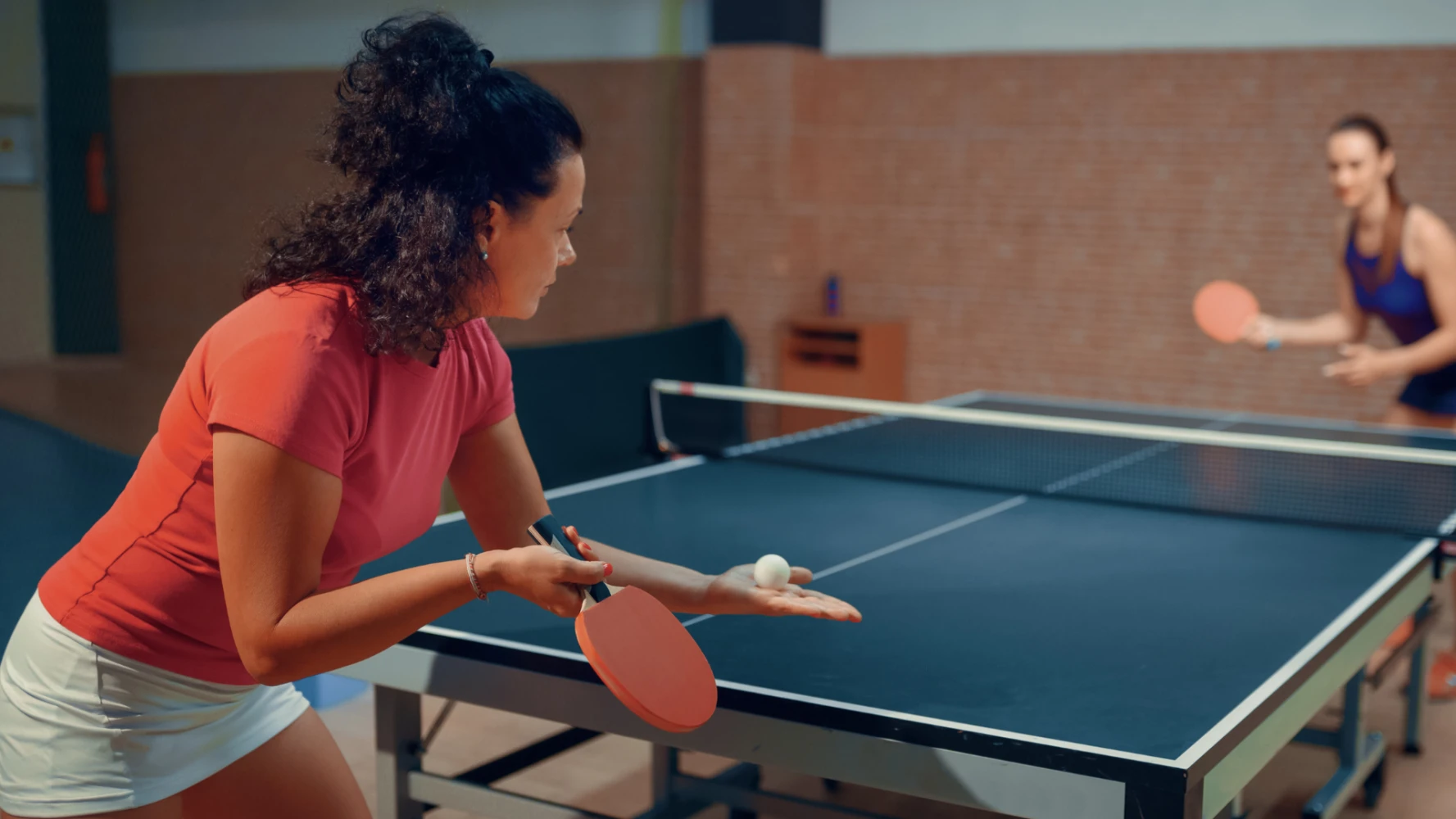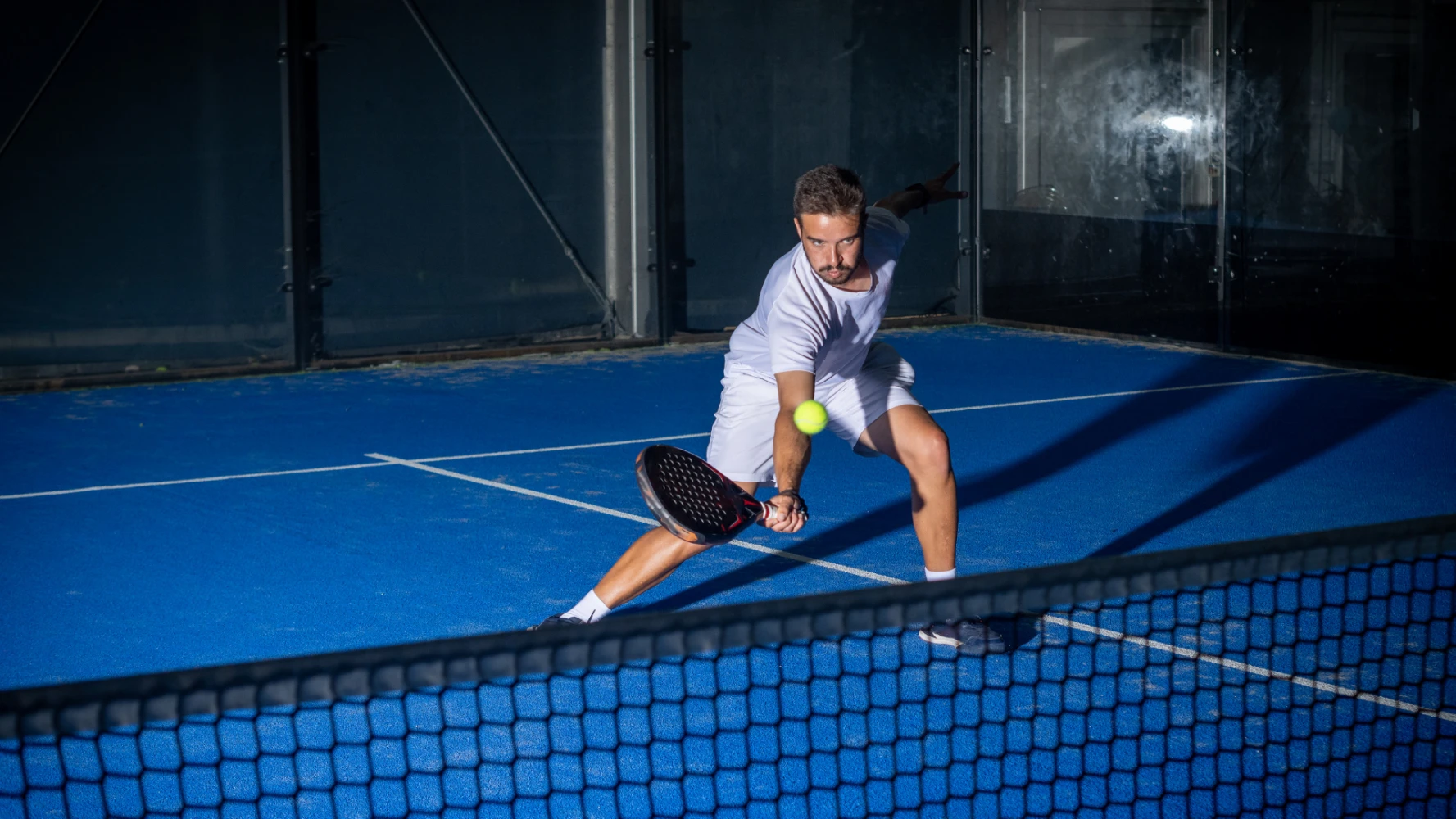In modern Tennis, the serve is the most powerful weapon. However, the rally truly begins with the service return. Knowing how to neutralize a fast first serve and attack a second serve is the mark of great champions. Improving your return of serve is not just about blocking the ball, but about finding an opportunity right from the start of the point.
Adjusting Positioning: The Time Factor
The first step for an effective return is to control your reaction time by adjusting your position.
Against Power
Step Back to Gain Time: Against a powerful server, moving back a few steps behind the baseline gives a precious fraction of a second to see the trajectory and prepare a longer stroke.
The Block: Rather than hitting, the objective is to "block" the ball with a very short motion, using the opponent's speed. The grip should be slightly more open, and the goal is to send the ball back low and centered to force the server to hit the next ball at their feet.
Against the Second Serve
Move Forward to Attack: Facing a slower or spin-heavy second serve, the goal is to move inside the court. Hitting the ball early reduces the server's reaction time and immediately puts them under pressure.
The Attacking Shot: On the second serve, you must look to generate your own power and spin to send back a deep and fast ball, aiming for the server's feet.
Technique: Grip and Stroke
The return stroke is one of the shortest in tennis.
The Secret of the Grip
"Compromise" Grip: Many returners use a slightly more universal grip than their usual grip to avoid having to quickly change grips between the forehand and backhand, especially when the serve is fast.
The Two-Handed Backhand: This is often the most stable weapon on the return, as two hands offer more control and ability to absorb power. The stroke must remain short, focusing on body weight transfer.
The Adjustment Step
The Split-Step: Just as the server hits the ball, you must execute a small jump. This slight bounce on the ground releases the legs and prepares you for an immediate push in the direction of the ball. It is a fundamental that is too often neglected.
Return Tactics: Targeting Weakness
The service return is primarily a tactical weapon used to unbalance the opponent.
Target the Backhand: The backhand often remains the weakest shot. By systematically returning a deep first serve to the backhand, you limit the server's attacking options.
The Aggressive Cross-Court Return: This is often the safest return. The cross-court trajectory offers the greatest margin of error over the net and the longest court line.
The Long and Deep Return: Aim for the opponent's baseline. A return that lands deep prevents the server from easily advancing to the net and forces them to defend immediately behind their baseline. Be careful, however, about the margin of error.
Conclusion: The Return, The Shot That Reverses the Pressure
An excellent service return is the shot that allows you to take control of the rally from the very first stroke. It's about gaining time through positioning, using the opponent's speed through a compact blocking motion, and demonstrating tactical intelligence to target the server's weak spot. With all these adjustments, it's time to break—you have no more excuses!




Comments